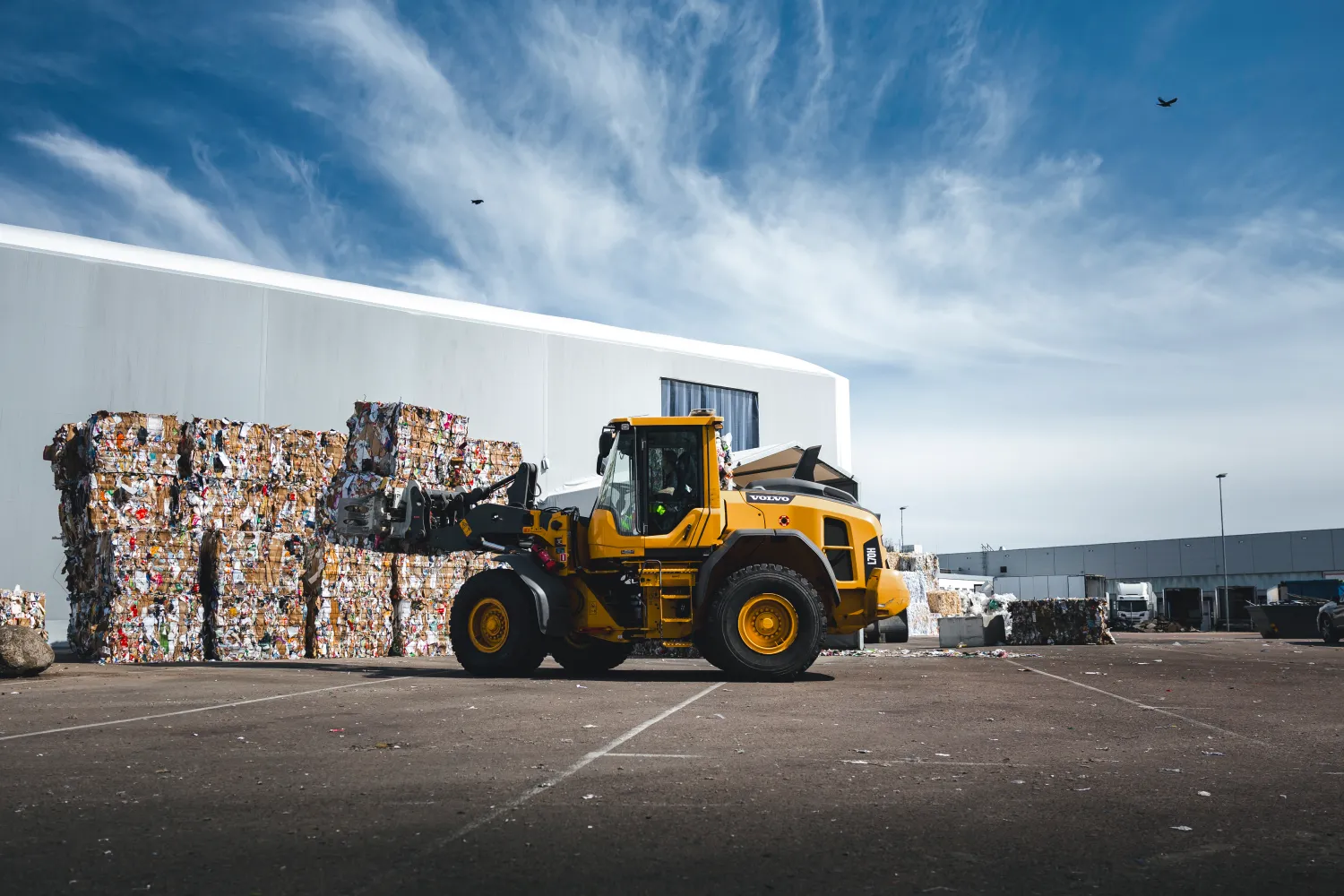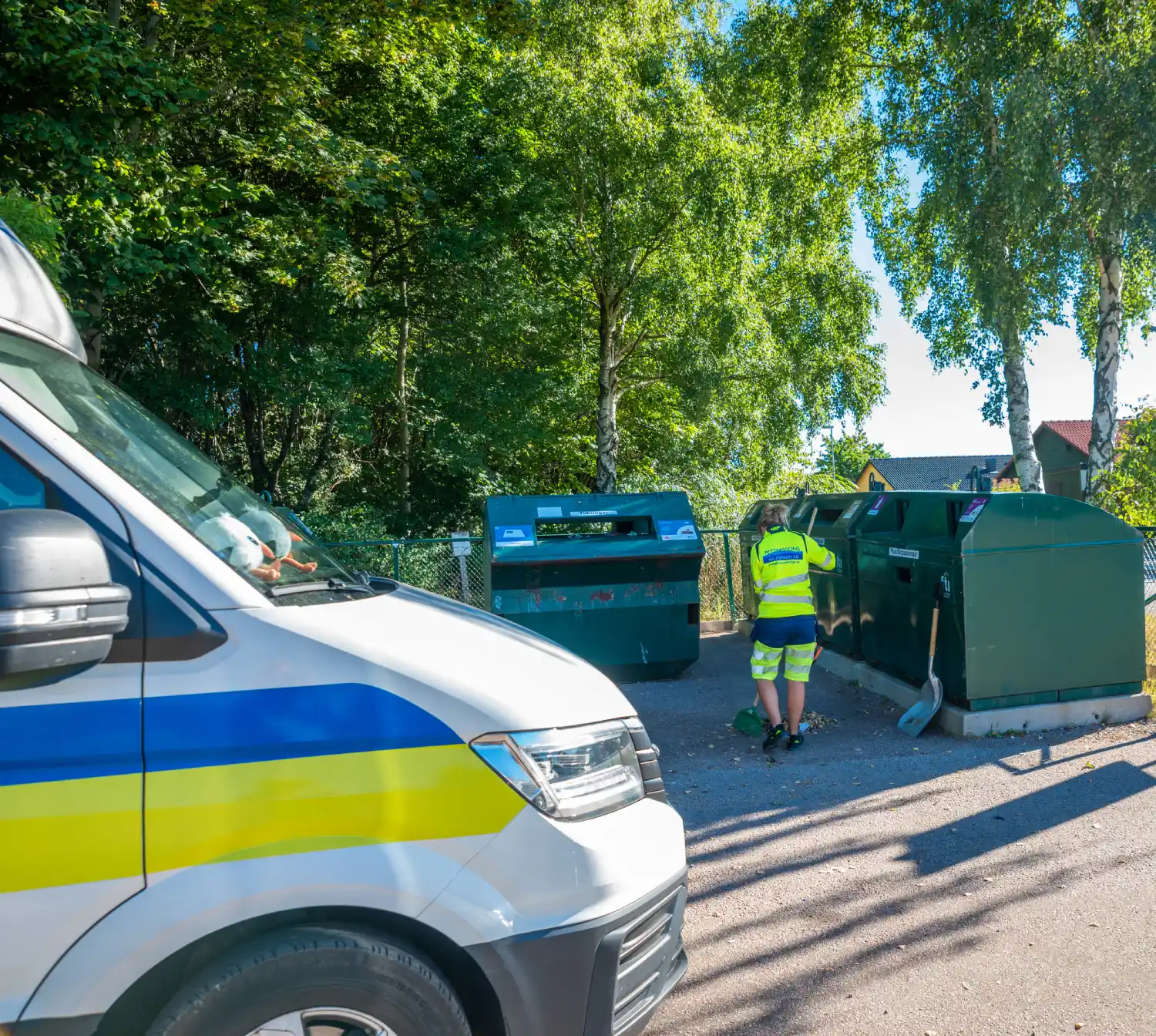Insights IntoPetterssonsMiljö’s Recycling and Waste Management Strategy
Insights IntoPetterssonsMiljö’s Recycling and Waste Management Strategy
Blog Article
Recycling in some sort of full of varied packaging products creates equally opportunities and challenges. Today, consumers and corporations equally demand more sustainable practices while governments slowly apply stricter rules for spend management. However, the difficulty of handling diverse appearance resources indicates handling special recycling demands for each type. This article has a closer consider the recent traits, problems, and solutions in designing efficient Recycling (Återvinning) programs for diverse packaging materials.
The Complexity of Varied Packaging Materials
Packaging materials attended a long way from easy cardboard boxes. Nowadays, they include plastics, glass, steel, paperboard, and multi-layered composites, among others. Each kind comes with its special pair of recycling requirements. Like:
Plastic: While plastic is lightweight and tough, their different forms (like PET, HDPE, LDPE, and PVC) usually involve split up variety and processing methods. Mismanagement may result in contamination and inefficiencies in recycling streams.

Steel: Aluminum and container beers stay highly recyclable, however, not without appropriate selecting to prevent contamination with non-recyclable metallic items.
Glass: Recycling glass demands segregation by shade and unique services to avoid dangers like fragmentation or contamination with ceramics.
Paperboard: Solid, sprayed paperboard appearance is recyclable oftentimes, however the heavy use of glues or laminates might restrict the process.
Multi-layer Appearance: That category presents the absolute most significant concern since it usually includes resources impossible to separate your lives, such as for instance metal and plastic layers in treat packaging.
With the international economy providing over 350 million a great deal of plastic annually, and presentation responsible for nearly 40% of their consumption, approaching this complexity is important to achieving higher recycling rates.
Obstacles in Tailoring Recycling Programs
Among the biggest difficulties in recycling programs is contamination, specially when varied products are disposed of together. As an example, when food residue sticks to recycled pockets or damaged glass mixes with report, the effectiveness of recycling operations drops significantly. A lack of standardized marking programs also confuses customers and benefits in improper waste sorting.
Additionally, fragmented infrastructure plays a role in the issue. Some municipalities lack services to process complex products like multi-layer appearance or certain pockets, making recycling unrealistic for these items.
Towards a Circular Economy with Tailored Options
Making an successful recycling process to deal with varied packaging materials involves invention and collaboration. Governments, businesses, and consumers need certainly to perform in position:
Government Initiatives: Implementing Expanded Company Responsibility (EPR) policies can encourage manufacturers to create appearance that is better to recycle.

Progressive Technologies: Substance recycling methods, like depolymerization for plastics, can break down hard-to-recycle materials for greater recovery rates.
Client Knowledge: Selling clean recycling habits and clear marking can significantly reduce contamination in recycling streams.
Opportunities in modernizing spend administration infrastructure can enjoy an essential role, along side continuing study into biodegradable and used presentation solutions.
A Journey Ahead
The variety in appearance components may be a problem, but inaddition it presents an opportunity to advance recycling techniques and techniques. A mix of technical advancements, regulatory steps, and customer recognition may travel the transition to a far more sustainable, circular economy. Approaching the initial recycling requirements of diverse components is no longer an option but a necessity to combat source depletion and defend the planet. By tackling these challenges strategically, world wide towns can ensure long-term environmental viability.
Report this page